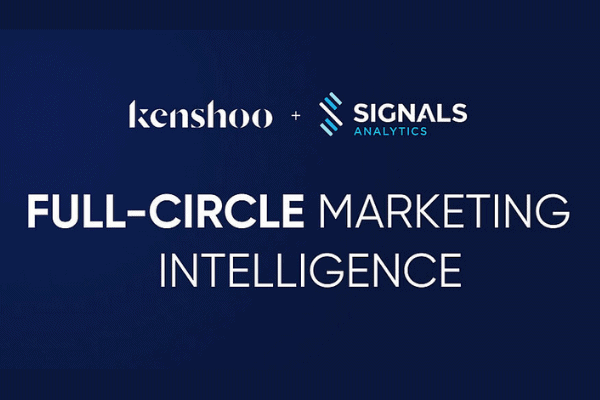We were so excited to participate this week as a partner in Skai’s marquee virtual event, Curious, highlighting how Skai’s powerful market intelligence feeds successful marketing activation.
In today’s rapidly shifting environment, successful marketing requires a shopper-centric approach combined with organizational and strategic agility to be able to action data in meaningful ways. It starts with building strategic insight from a broad, connected data set, digging deeper for tactical activation and ultimately measuring success.
Strategic Insight -> Tactical Activation -> Measuring Success
Developing strategic insight means understanding of what products shoppers want, where they look for it and how they ask for it, knowing what their under-addressed needs are and how to be best positioned to capture that market share. This involves knowing a lot about the competition and other emerging threats, like upstart brands that may be flying under the radar, to better align to shoppers’ needs and perceptions.
In talking to marketers, much of this is obvious but the question is how to get there. In fact, Gartner research reveals that over 50% of senior marketing leaders are unimpressed with the results they receive from marketing analytics investments. This is because most marketing analytics focus on past marketing performance and other internal metrics for their analytics, whereas only external data can truly deliver meaningful intelligence. Social media, product reviews, product ratings, blogs, forums, patents and other external sources reflect the true voice of the consumer and key opinion leaders and influencers. And it is the connectivity of these data sets that drives the insight that is needed for decisive action.
Organizations and marketers who leverage connected external data and advanced analytics experience better performance and faster scale by capturing new shopper demand, improving alignment on messaging, targeting and assortment on particular eCommerce channels, displacing the competition and optimizing their advertising strategies across channels and retailers.
At the tactical level, advanced analytics can help to understand trends for specific brands and keywords. It answers questions like what keywords and products are associated with established, even declining trends? What messaging would be relevant to connecting the brand with emerging trends where there is high demand?
And finally, putting these insights into activation means being able to align assortment with consumer needs, not only via advertising but also feeding into product innovation cycles; repositioning against the competition not just with keywords but with product reformulation, product packaging and product descriptions; and targeting specific ads by retailer to capture the different consumer segments and needs on each channel.
The strengthening of the traditional platforms (aka “walled gardens”) is making it increasingly difficult for advertisers to get the granular audience data they need to preserve the accuracy of their ad targeting. The above was a snapshot of what was covered in the masterclass, which also included discussion around brand purpose and ensuring alignment of the brand with consumer expectations, the impact of cross-category analysis and more.
————————————–
*This blog post originally appeared on Signals-Analytics.com. Skai acquired Signals-Analytics in December 2020. Read the press release.





